Philadelphia City Councilmember Katherine Gilmore Richardson will introduce legislation on May 12 intended to close some of the loopholes that plague Philadelphia’s tree protections.
“As Chair of City Council’s Committee on the Environment, I know trees and green spaces are not amenities, but necessities that improve the health and quality of life of our residents,” Gilmore Richardson says. “My family migrated to Philadelphia in the 1950s to a small block in North Philadelphia called Seybert Street. To this day, there is not a single tree on that block. When my parents got married, they decided to move to Wynnefield [in West Philadelphia] because they knew how important it was to grow up surrounded by nature.”
As Grid has reported, the zoning regulations that protect tree cover (requiring developers to replace certain trees) exempt trees growing in parks or on single- or two-family lots—which adds up to most of the city’s tree canopy. Additionally, oversight of the protections falls to L&I examiners, who generally are not tree experts, complicating enforcement in cases of developer noncompliance.
Philadelphia’s new comprehensive tree plan is due to come out in May or June, and Gilmore Richardson’s legislation anticipates some of the plan’s recommendations, according to her office’s policy director, Eliza Alford, who shared a draft of the legislation.
“This legislation is the first step in addressing what was communicated by our residents throughout the Philly Tree Plan engagement. Philadelphians know and understand the benefits of trees, but they want the City to also take responsibility for them,” says Gilmore Richardson.
The proposed legislation removes the exemption for parks and open spaces. This means that there will be a requirement to replace trees cut down in future park development, outside of ecological restoration projects. It also removes the exemption for single- or two-family lots larger than 5,000 square feet, though tree cover on smaller lots remains unprotected.
Developers that do not replace trees could, alternatively, pay fees the City would then use to plant trees elsewhere, essentially establishing a city tree fund.
A new rule would involve surrounding communities by requiring developers to notify nearby property owners as well as the City’s Environmental Justice Advisory Commission.
Additionally, buffers of vegetation would be required along Philly highways and other large public rights of way, and rules for other tree buffers would be clarified. Heritage trees, which generally require a special exemption from the Zoning Board of Adjustment, would receive stronger protections in some industrial lots.
Structural changes in the bureaucracy that oversees tree regulations, such as creating an arborist or forestry office to oversee the city’s tree canopy, will require more extensive planning and legislation, but Gilmore Richardson sees the new legislation as a first step in a long-term process.
“The Department of Parks & Recreation has spent the last year engaged with the community through the Philly Tree Plan project,” Gilmore Richardson says. “It is my hope that once the final plan is released, we can continue collaborating to implement the recommendations, as well as properly fund them.”



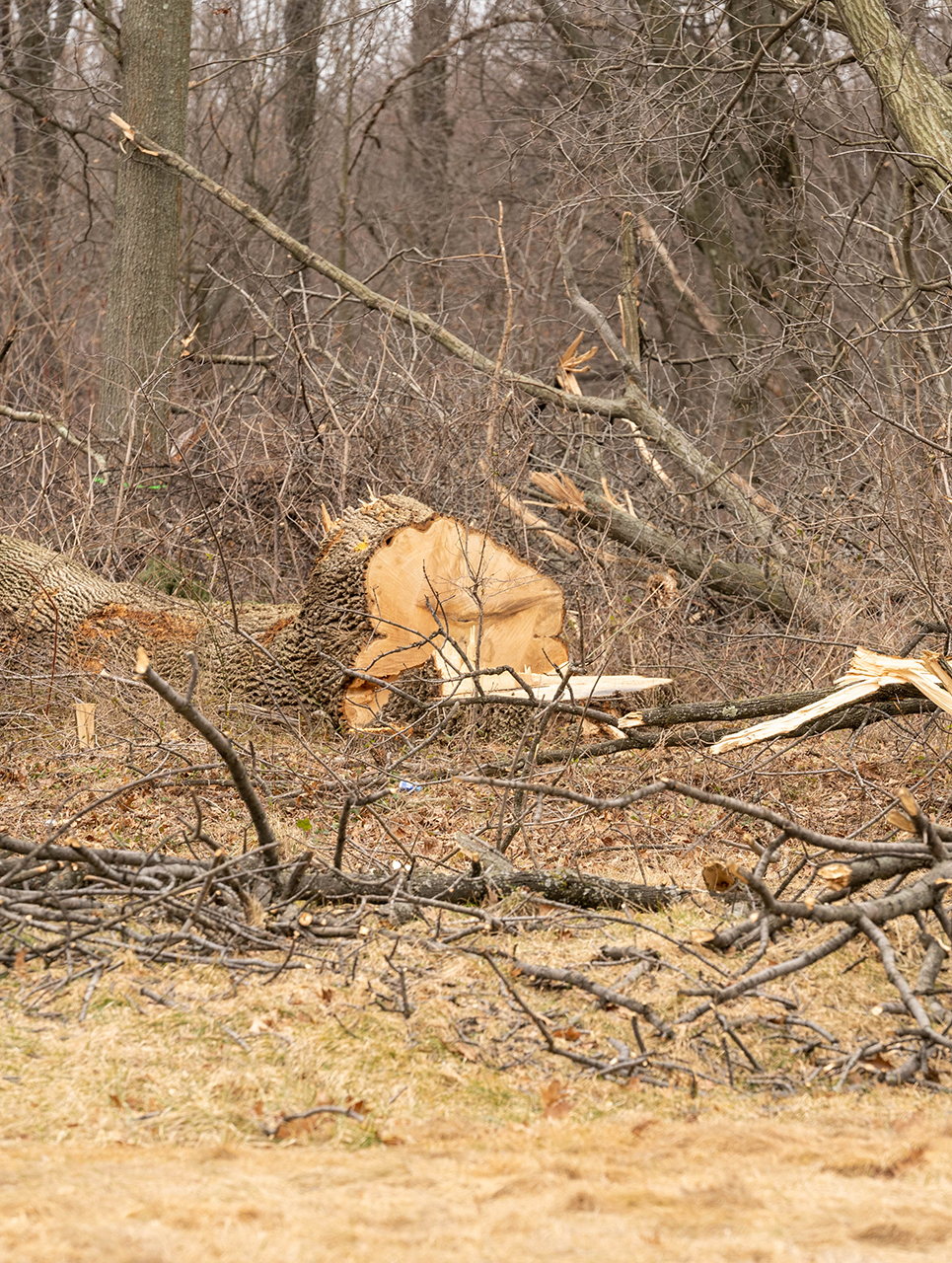
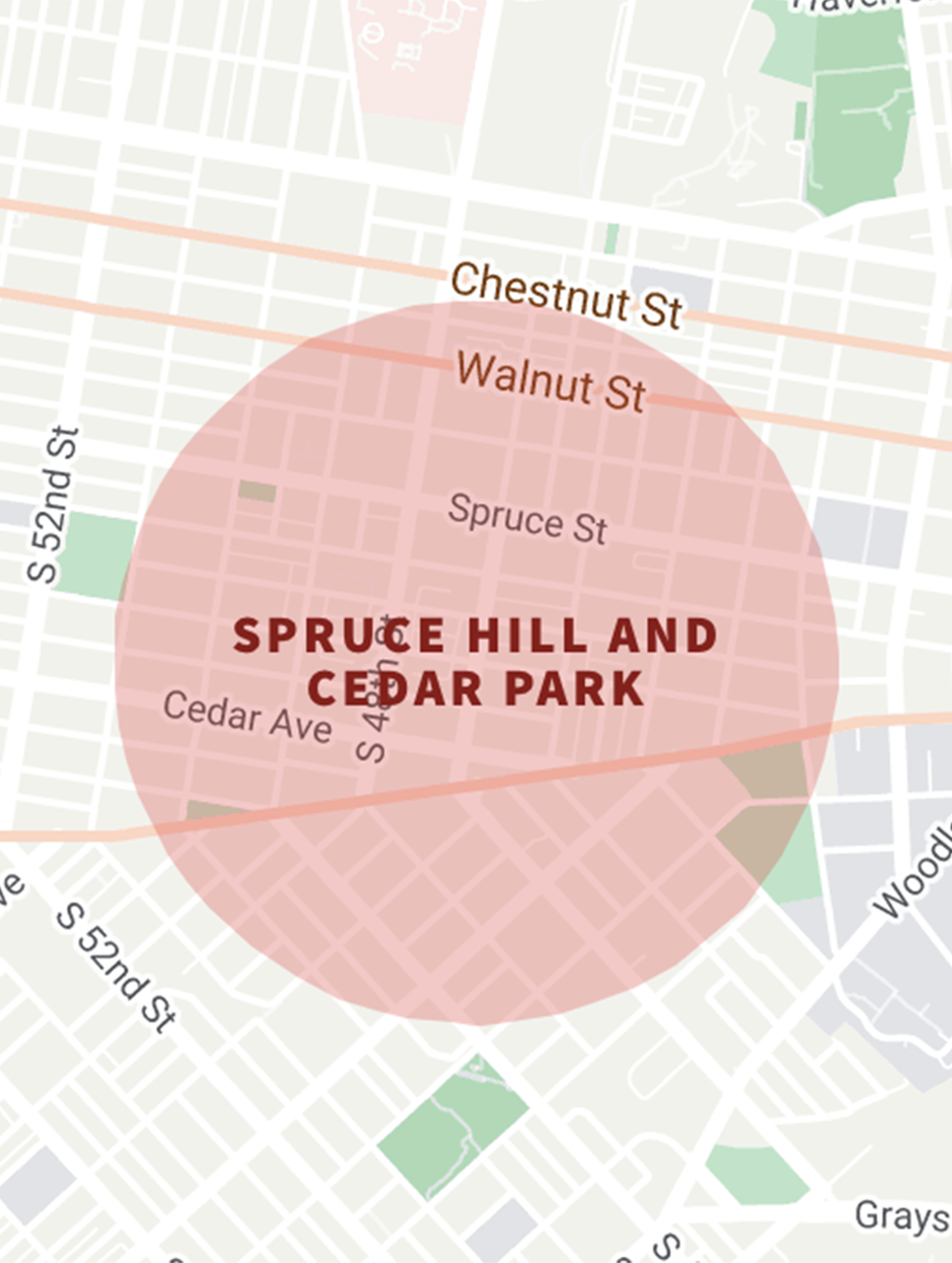

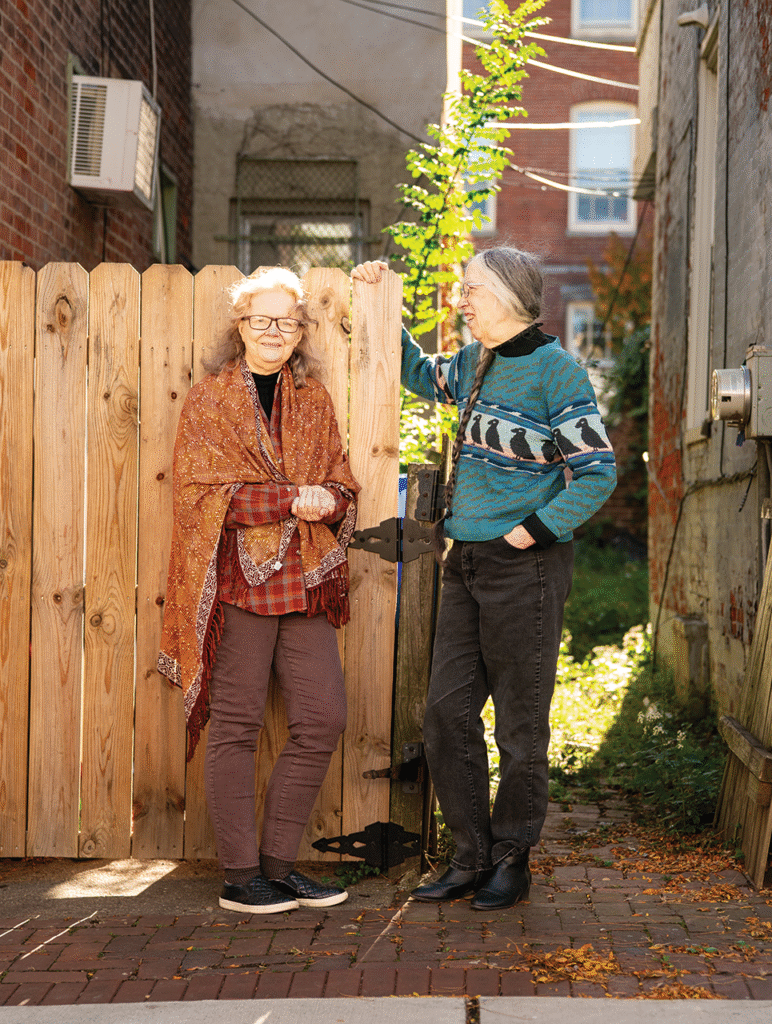
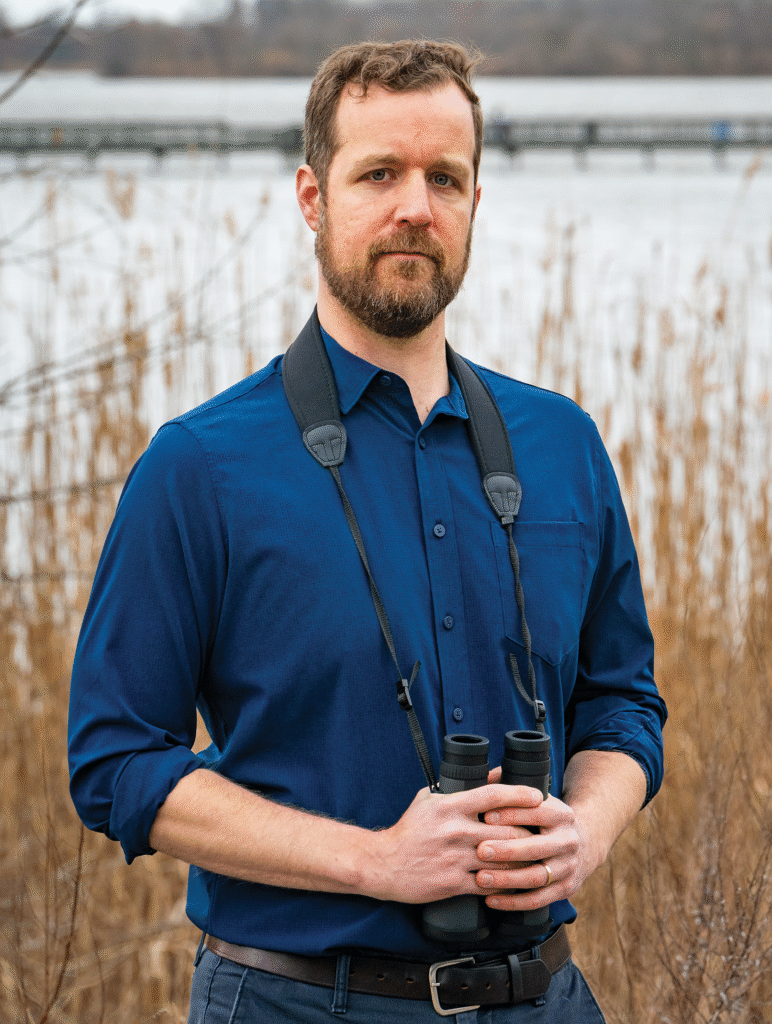
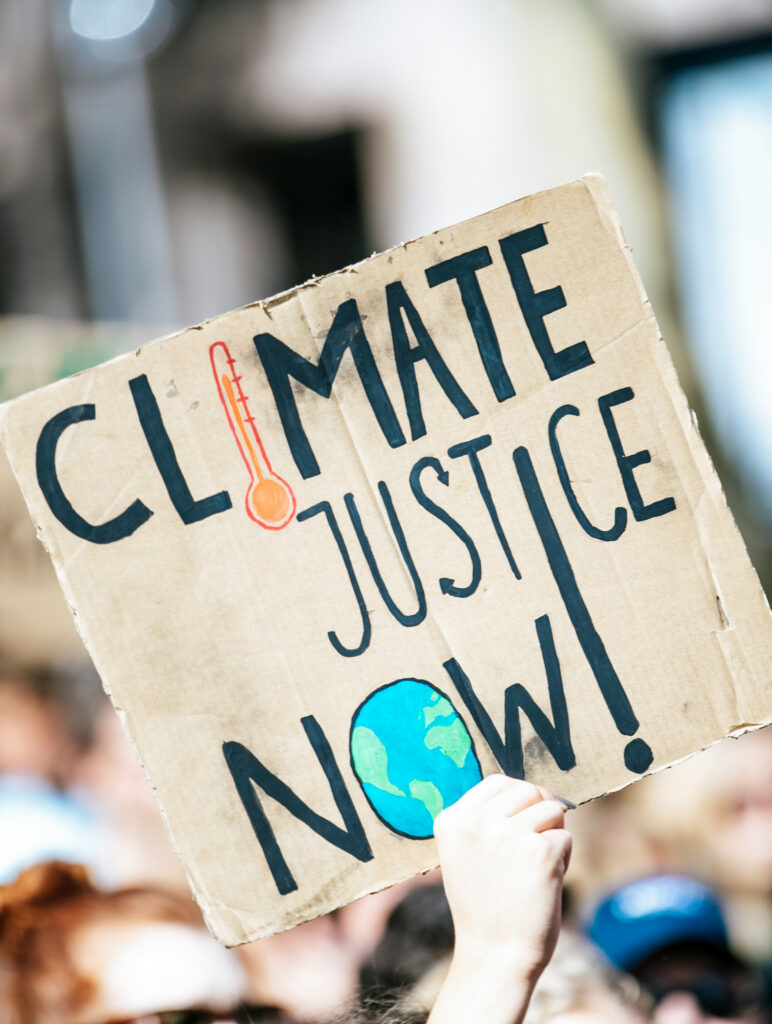

This will be a positive first step if it passes, yet I see several ways it would fall well short of what is needed to protect the city’s tree canopy.
The idea that developers can cut heritage trees and pay into a tree fund perpetuates a perverse incentive where it’s better to apologize than ask permission. The Cobbs Creek Foundation’s grisly work over at Cobbs Creek Golf Course doesn’t quite fit the adage — they asked permission of two of three city higher-ups and have yet to apologize — but you get my drift.
If a new rule is established to “involve surrounding communities by requiring developers to notify nearby property owners”, this would privilege the priorities of homeowners, who tend to be most concerned with their property values. While many homeowners understand that trees increase property values, projects that remove trees for the purposes of spurring development, such as the Cobbs Creek Golf Course “restoration” underway, could easily be met by approval by propertied individuals in areas that have experienced historic disinvestment and are hungry for any development.
“Heritage trees, which generally require a special exemption from the Zoning Board of Adjustment, would receive stronger protections in some industrial lots.” This would not prevent a deforestation event like the one that occurred at Cobbs Creek Golf Course from happening again. I understand zoning policy shouldn’t be done piecemeal, but any legislation designed to close loopholes must close the one that allowed the clearcutting of 100 acres of trees on flood-prone public land.
We can do better than this. We need a tree code like the one in Austin, as the writer helpfully points out in a previous article, which protects heritage trees regardless of the circumstances. Keep up the great reporting, GRID!
I applaud the creation of this legislation. It is a step in the right direction. I hope that it gets passed. The Overbrook Park community was not made aware of the possibility of a new golf course until after deforestation took place and many people are not happy about it. People in communities should be contacted before any so-called development takes place. Tearing down the trees in Overbrook Park is an eyesore. Replacing the golf course with a new one that people in the community don’t use is nonsensical.